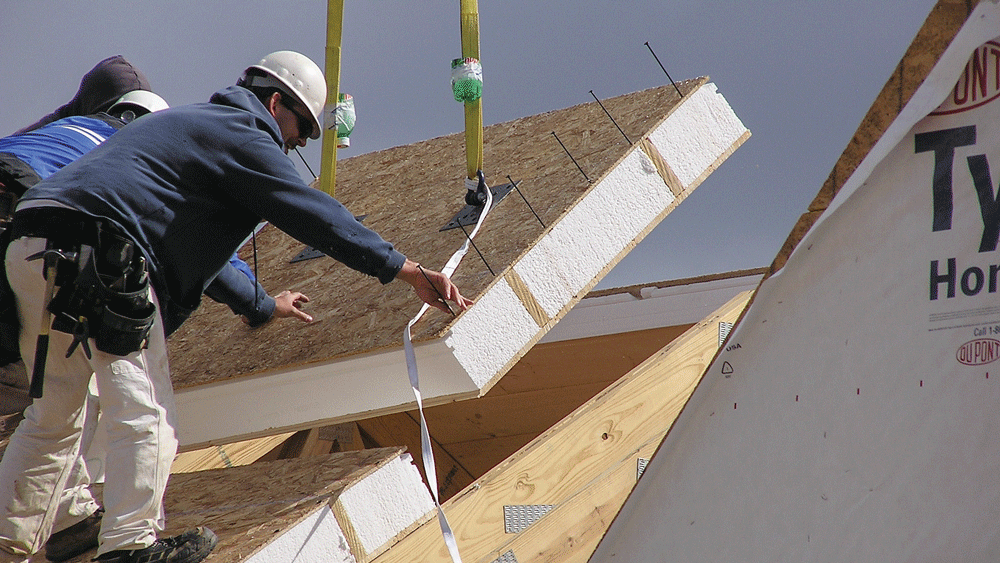
Question: I am interested in building a timber home with structural insulated panels, but I’m confused about how wiring is run through the house when you have solid-core walls. How does this work? Will I have external chases?
Answer: The way wiring is installed in a timber home is a legitimate question. Most people are familiar with wire chases through the cavities of 2-by-4 walls, with insulation installed around them; but envisioning how this will work in a solid wall, like a SIP, isn’t so clear. Fortunately, it won’t be a big deal if you plan ahead with your timber provider and your builder.
Sips are large panels that have a solid core of insulation sandwiched between two layers of oriented strand board (OSB). Its super-high insulating properties can cut your heating and cooling costs by as much as 60 percent more than the products typically used to insulate stick-frame construction. It’s the composition of these panels (there are no breaks in the thermal envelope) that make them so efficient. So, how do you run wiring without compromising this benefit?According to the Structural Insulated Panel Association (sips.org), electrical wires are typically pulled through the core of the panels via precut channels, called “chases,” which are added during the manufacturing process according to the electrical schedule of the home’s design. Chases are primarily for perimeter outlets and switches, and an electrician will pull the wires through a chase, cut out and install the electrical boxes, then attach them to the wiring. Once this is complete, spray foam insulation may be applied to fill gaps and prevention air/moisture infiltration.





